The Ultimate Guide to Metal Engraving Equipment
In today's competitive landscape, precise and durable metal engraving isn't just a luxury; it's a necessity.
From industrial traceability in manufacturing and aerospace to intricate designs in jewelry and bespoke art, the ability to permanently mark metal surfaces is crucial.
But with so many technologies available – mechanical engraving, advanced laser systems, and various etching techniques – how do you choose the right equipment for your specific needs?
That's exactly what this guide is here for. We're going to break down each major method, explore its nuances, and help you understand the pros and cons.
By the end, you'll be well-equipped to make an informed decision and find the perfect metal marking solution to elevate your work.
Understanding Metal Engraving Equipment (Mechanical Methods)
When many people think of "engraving," they often picture mechanical engraving.
This traditional method involves physically removing material from a metal surface using a rotating cutter or a dragging tool.
It's a tried-and-true technique known for creating deep, tactile marks.
What is Metal Engraving
Rotary Engraving: This is arguably the most common mechanical method.
It uses a rapidly spinning cutting tool, much like a miniature router bit, to carve into the metal.
The shape of the cutter and the path it takes determine the final design.

Diamond Drag/Scratch Engraving: Instead of rotating, a non-rotating diamond-tipped tool is dragged across the surface of the metal under pressure.
This creates a highly polished, reflective line.
It's excellent for fine lines and text, especially on softer metals like brass, aluminum, or coated surfaces.
Types of Metal Engraving Machines
CNC Engravers (Computer Numerical Control): These are the workhorses of modern mechanical engraving.
Computer-controlled motors move the engraving head precisely, allowing for intricate designs, logos, and text with high repeatability.
Manual Pantograph Engravers: A more traditional approach, where an operator traces a master template, and the machine mechanically reproduces the design onto the workpiece at a reduced scale.
Less common for commercial use today but still found for specific applications.
Handheld Engraving Tools: Electrically or pneumatically powered tools resembling pens, used for freehand engraving or light marking, popular with artists and for personalization.
Diving into Metal Laser Engraving & Marking Equipment
Laser technology has revolutionized metal marking, offering unparalleled speed, precision, and versatility.
It's a non-contact process that uses a focused beam of light to alter the surface of the metal via a desktop laser engraver.
How Laser Technology Works on Metal
Fiber Lasers: These are the superstars for direct metal marking and engraving.
They produce a high-intensity beam with a short wavelength that is readily absorbed by most metals.
This absorption causes the metal to vaporize (engraving), melt and re-solidify (etching), or undergo a color change (marking).

MOPA Lasers (Master Oscillator Power Amplifier): An advanced type of fiber laser, MOPA technology allows for even finer control over pulse duration and frequency.
This enables unique capabilities like "color marking" on stainless steel and even better precision on delicate materials.
CO2 Lasers: While excellent for organic materials, plastics, and coated metals, standard CO2 lasers are generally not suitable for directly marking or engraving bare metals due to their longer wavelength.
They are primarily used for ablating coatings off metal.

Infrared (IR) Lasers (General Term): Since many metals strongly absorb near-infrared light (around 1064 nm), these lasers, particularly fiber and Nd: YAG types, are highly effective for all forms of direct metal processing like welding, cutting, engraving, and marking.

Laser Marking vs. Laser Engraving vs. Laser Etching (on metal)
These terms are often used interchangeably, but there are distinct differences:
Marking: This is typically a surface-level change.
It includes annealing (heating the metal to change its color without removing material, common on stainless steel), foaming (creating a raised, textured mark), or ablation (removing a thin top layer or coating).
Marking is fast and leaves no material depth.
Engraving: This involves actively removing material from the surface, creating a noticeable depth.
Laser engraving on metal results in a permanent, recessed mark, often used for traceability or deeper aesthetic effects.

Etching: For metals, "etching" with a laser usually refers to a lighter form of engraving, where only a very thin layer is removed to create contrast or a slight surface texture. It’s often considered a subset of laser engraving or marking, specifically for achieving a subtle depth.
Types of Laser Machines for Metal
Desktop/Compact Fiber Lasers: Ideal for smaller workshops or specialized tasks, offering a compact footprint.
Galvo-based Systems: Characterized by incredibly high marking speeds thanks to rapidly moving mirrors that direct the laser beam.
Perfect for high-volume production of smaller parts.
Gantry-based Systems: Similar to CNC routers but with a laser head.
They offer larger work areas but are typically slower than galvo systems for marking, making them suitable for larger, less intricate engraving tasks on sheets of metal.
Exploring Metal Etching Equipment
Beyond mechanical and laser methods, chemical and electrochemical etching offer unique ways to mark metal, often favored for fine details, specific aesthetic effects, or when traditional methods are unsuitable.
What is Metal Etching
Chemical Etching: This process uses strong acids or other chemical reagents to selectively dissolve parts of a metal surface.
A resist (like a wax, photoresist, or vinyl stencil) is applied to protect areas that shouldn't be etched, exposing only the desired pattern to the etchant.
Electrochemical Etching (or Electrolytic Marking): This method uses a low-voltage electrical current in combination with a conductive electrolyte solution and a stencil to mark metal.
The current causes ions to be removed from the exposed metal surface, creating a permanent, often dark, mark. It’s a cleaner, safer alternative to chemical etching for many applications.
Types of Etching Equipment & Kits
Electrochemical Marking Systems: These are typically compact, desktop units featuring a power supply, an electrolyte solution, and special marking pads.
They're excellent for small-batch marking of tools, instruments, or small parts.
Chemical Etching Baths/Systems: For larger-scale or industrial production, dedicated tanks and systems are used to control the chemical etching process, often involving heating, agitation, and precise chemical concentrations.
DIY Etching Kits: Available for hobbyists and artists, these usually include basic chemicals, resists, and instructions for small-scale projects.
Comparing Metal Engraving, Laser Marking, and Etching: Which is Right for You?
Now that we’ve explored each method, let's put them side-by-side to help you discern which technology aligns best with your specific requirements.
Comprehensive Comparison Table:
|
Feature |
Mechanical Engraving |
Laser Marking/Engraving |
Metal Etching |
|
Depth |
Deepest, tactile |
Shallow to Medium |
Shallow |
|
Speed |
Medium |
Fastest (especially marking) |
Slow to Medium |
|
Detail |
Good, limited by tool size |
Excellent, microscopic detail |
Excellent, intricate patterns |
|
Materials |
Wide range (metals, plastics) |
Wide range of metals |
Wide range of metals |
|
Cost (Equipment) |
Low to Medium |
Medium to High |
Low to Medium |
|
Maintenance |
Tool replacement, lubrication |
Minimal, optics cleaning |
Chemical replacement, electrode cleaning |
|
Process |
Contact (physical removal) |
Non-contact (light beam) |
Contact (chemical interaction) |
|
Safety |
Mechanical hazards, dust |
Laser-specific hazards, fumes |
Chemical hazards, waste |
|
Consumables |
Engraving bits |
Minimal (electricity, air) |
Electrolytes, stencils, chemicals |
|
Setup Time |
Medium |
Fast |
Medium to Slow |
Top Brands and Suppliers for Metal Marking Solutions
While this guide focuses on the "how," it's worth knowing some of the players in the "who."
For high-quality laser engraving and marking equipment, brands like Epilog Laser, Trotec, Universal Laser Systems, Gravograph, Creality Falcon and Boss Laser are highly regarded.
For mechanical engraving, Gravograph (now part of Gravotech) and Vision Engraving Systems are prominent.
When it comes to electrochemical marking, look into specialists like Electro-Chem Etch, Inc. and Technomark.
Always research reputable local distributors or specialized online suppliers who can offer tailored advice, support, and sometimes even demos.
Conclusion: Making an Informed Decision for Your Metal Marking Needs
Whew, that was a lot of information, wasn't it? My goal throughout this guide has been to arm you with the knowledge you need to navigate the world of metal marking equipment.
Choosing the right machine isn't just about finding the cheapest option; it's about aligning your specific requirements – from material type and desired finish to production volume and budget – with the technology that will deliver the best results for you.


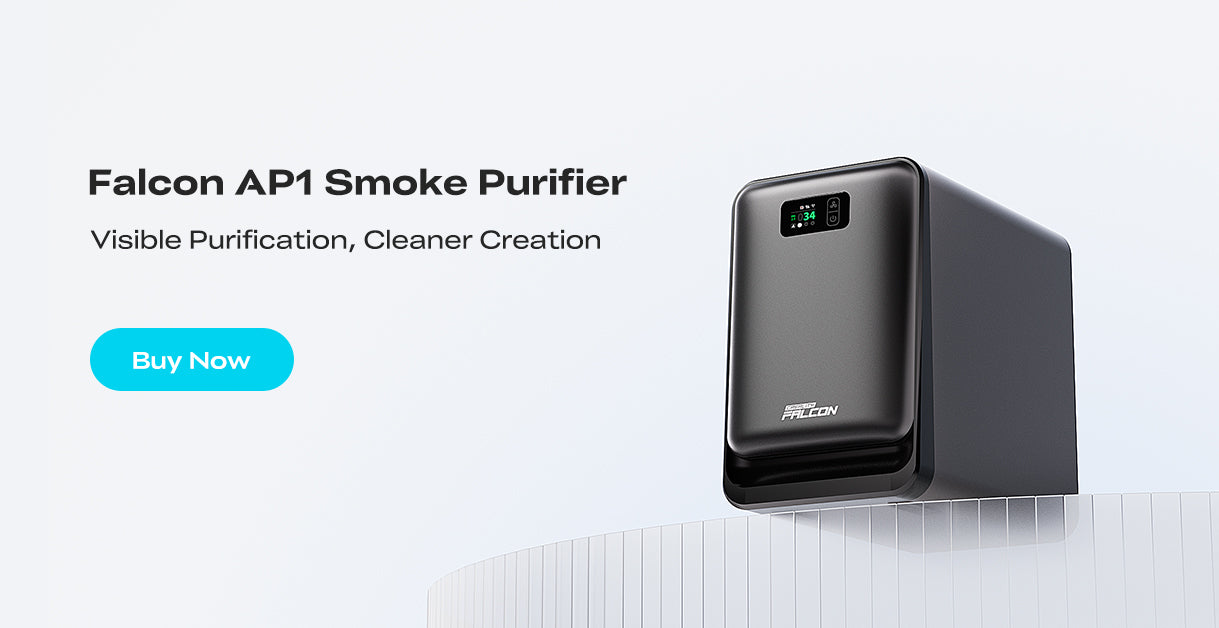



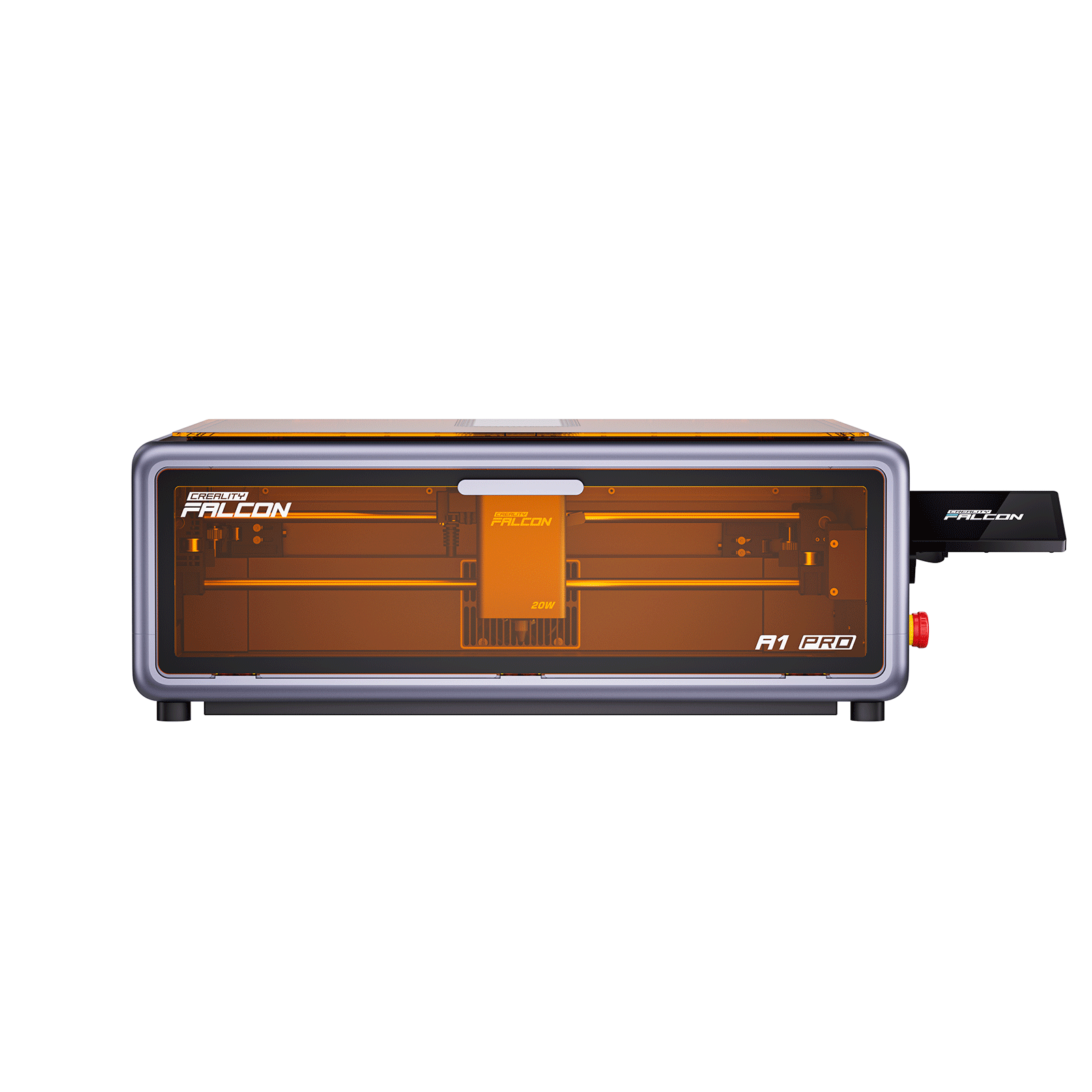


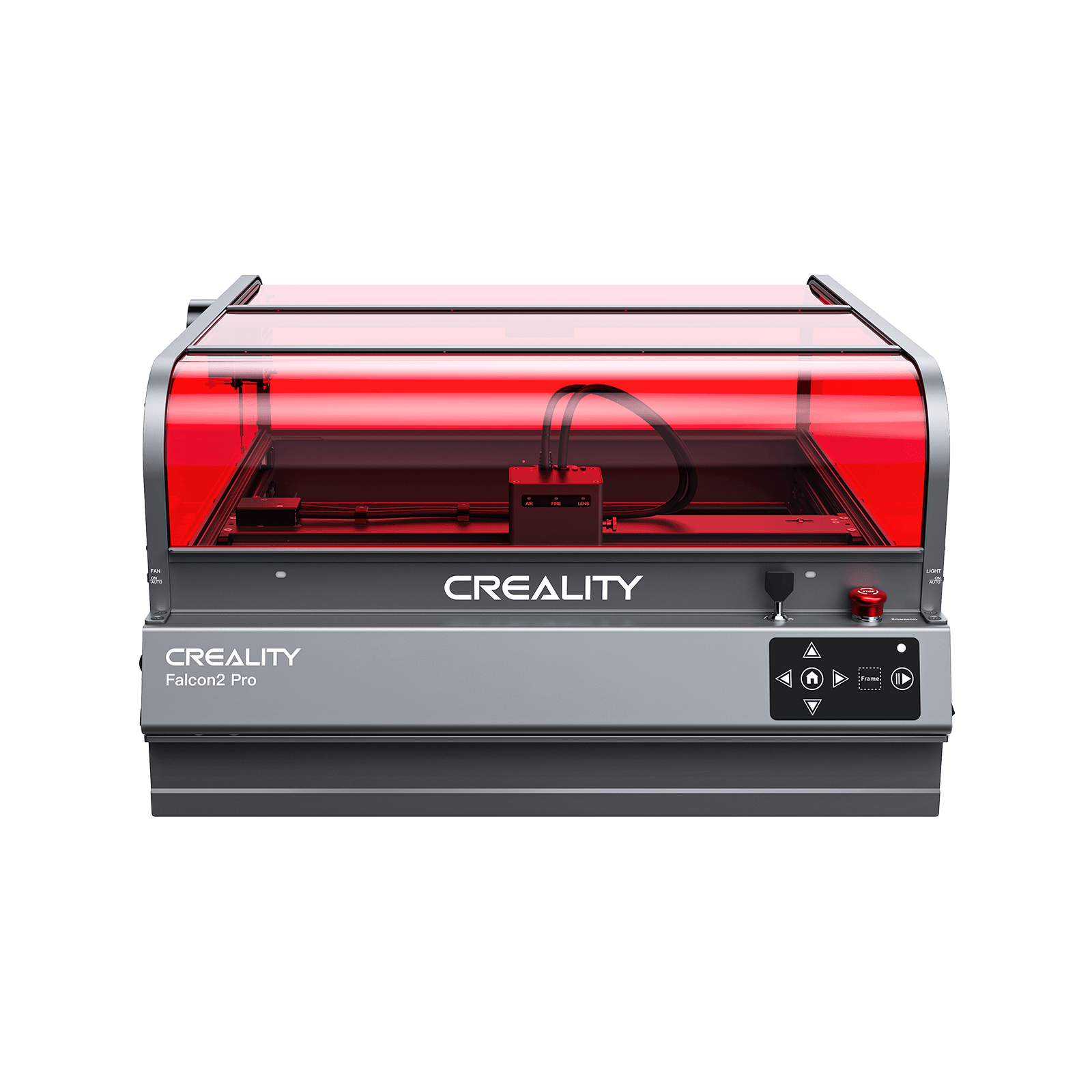






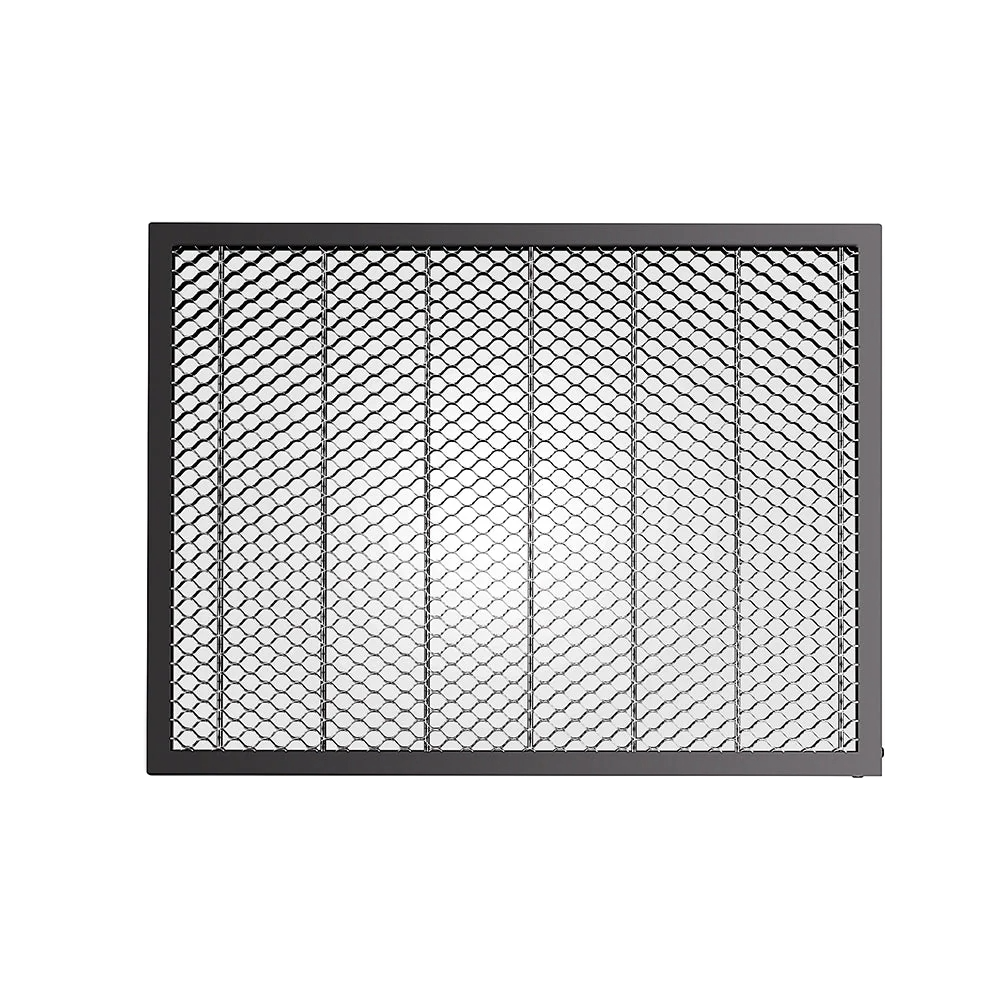







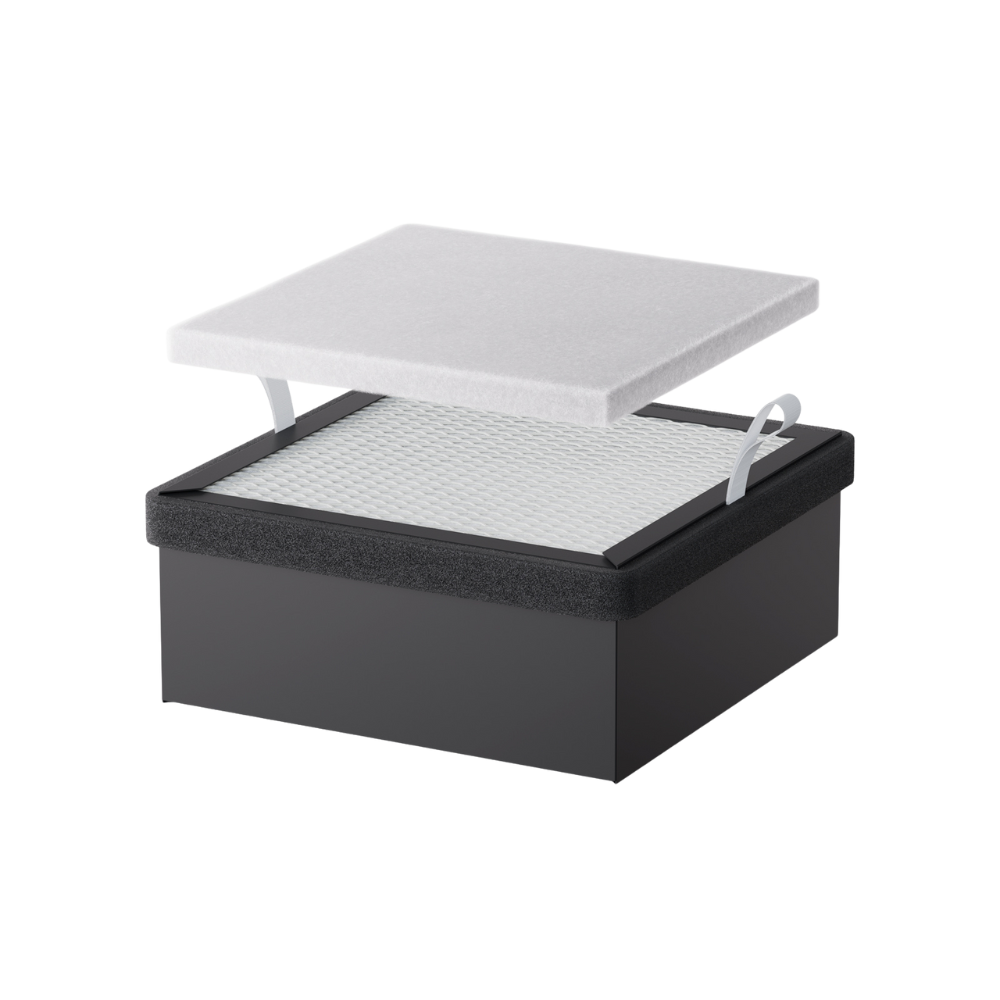







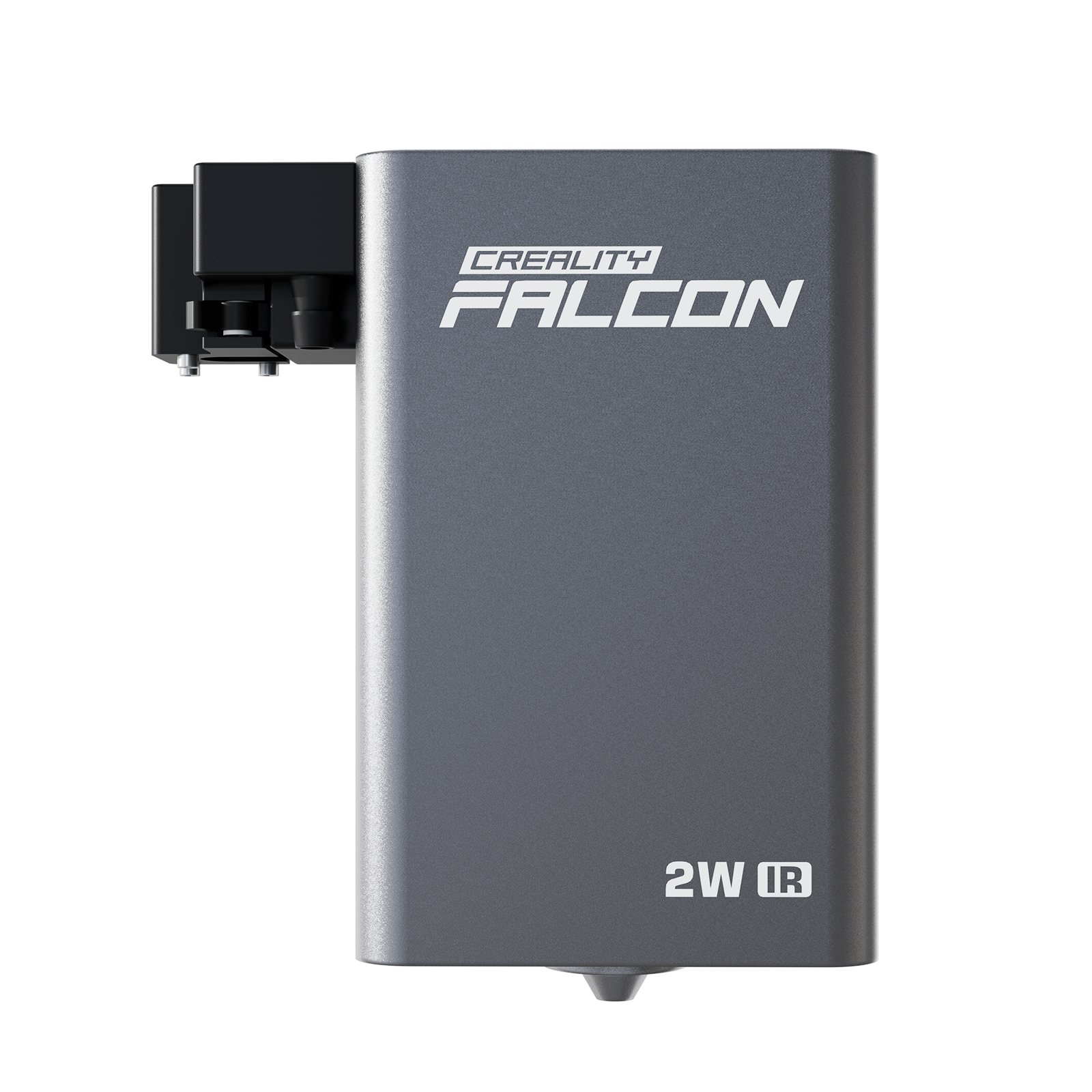







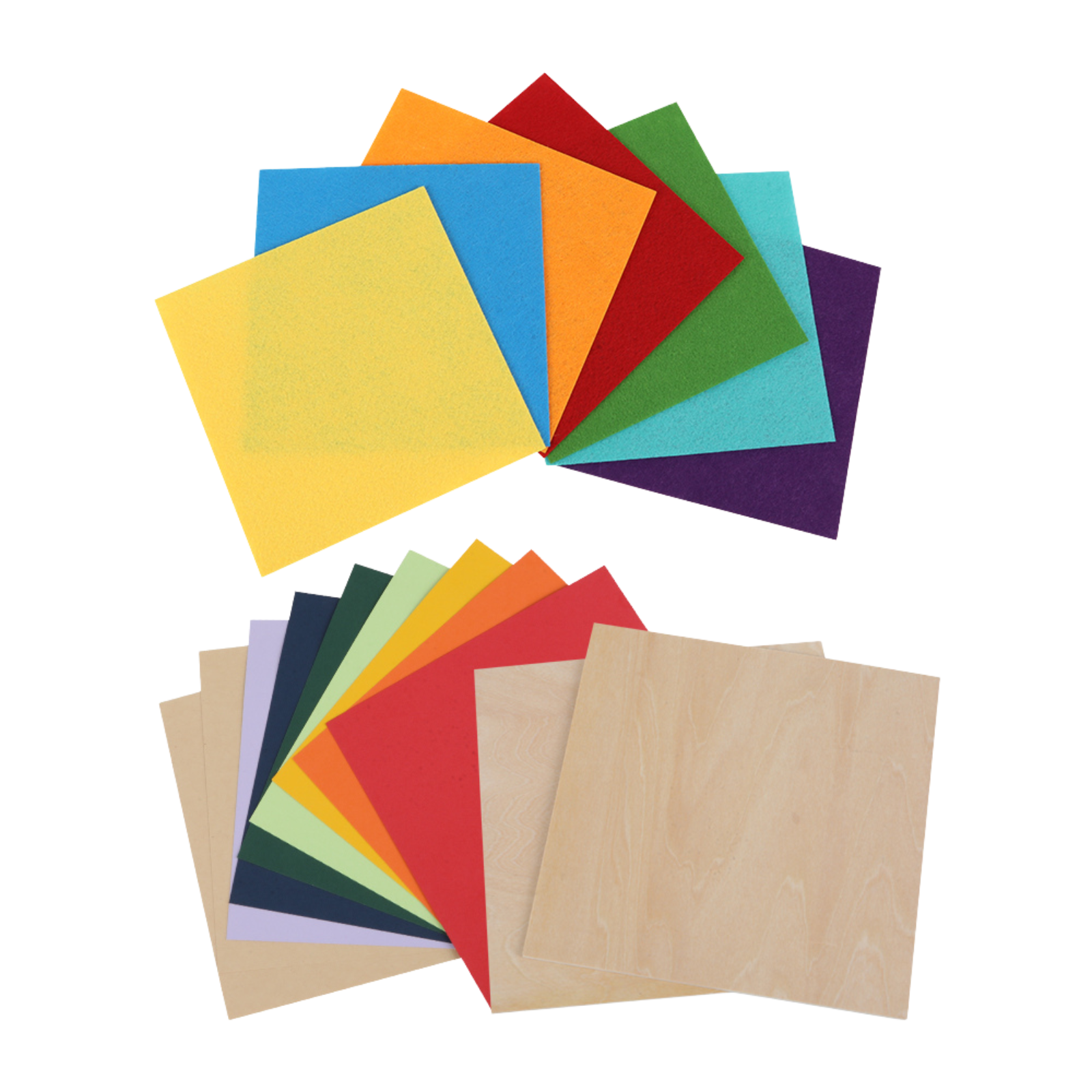
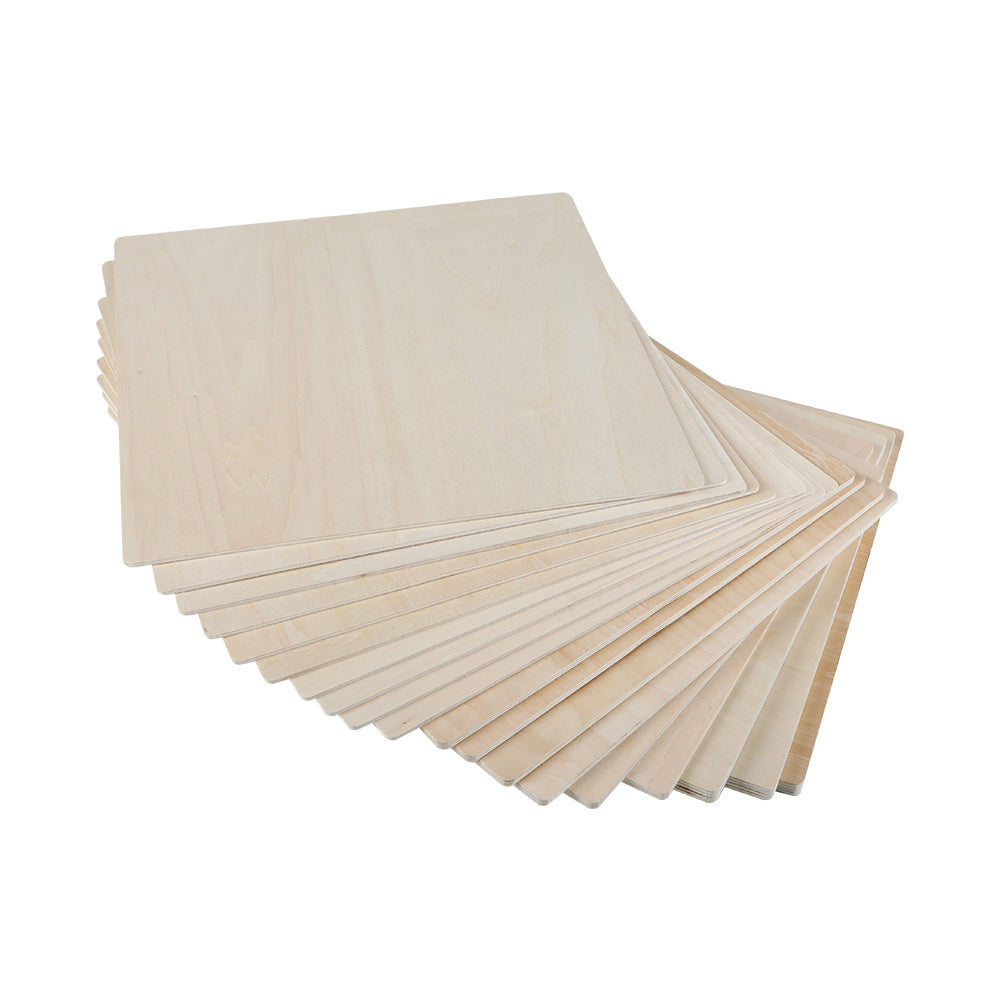









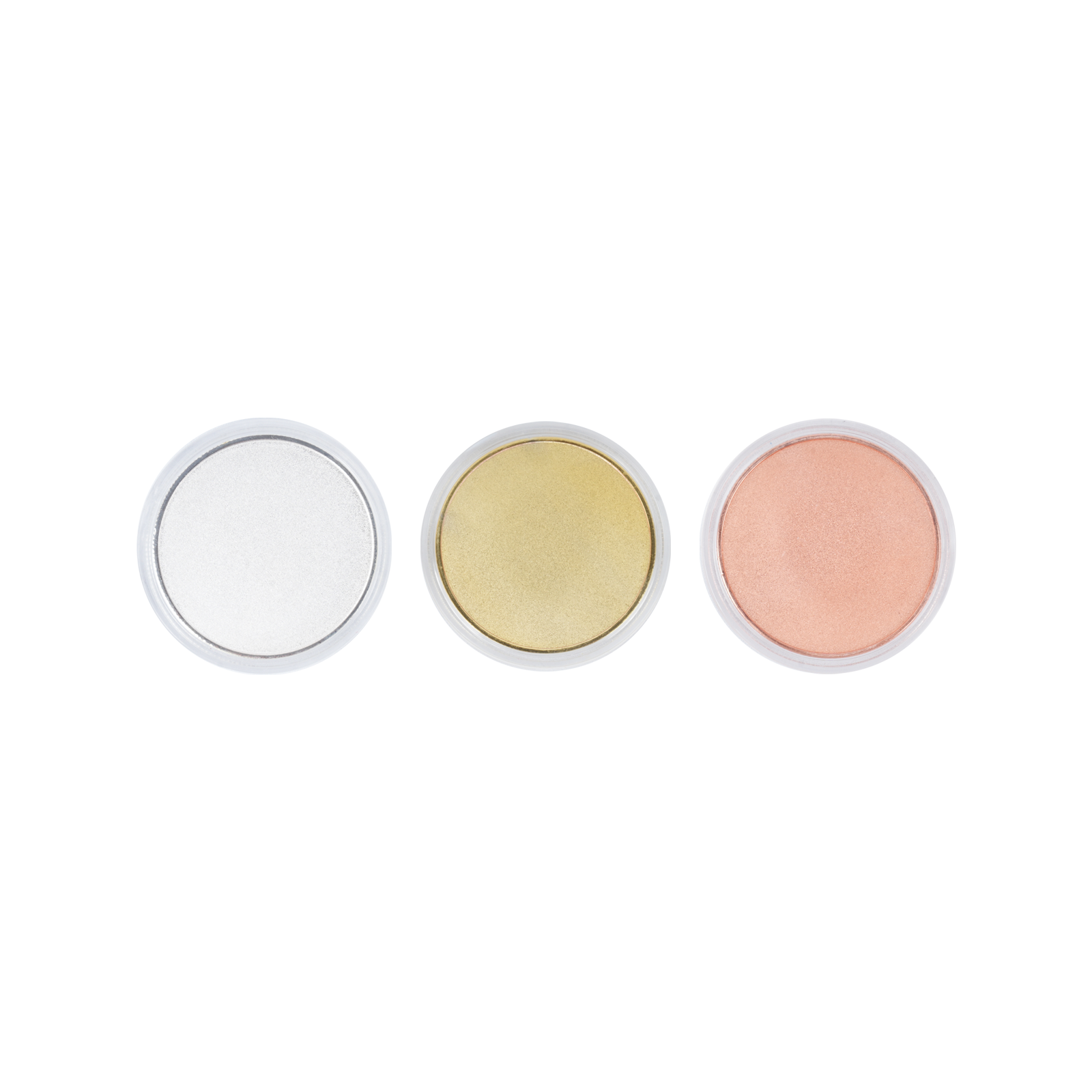
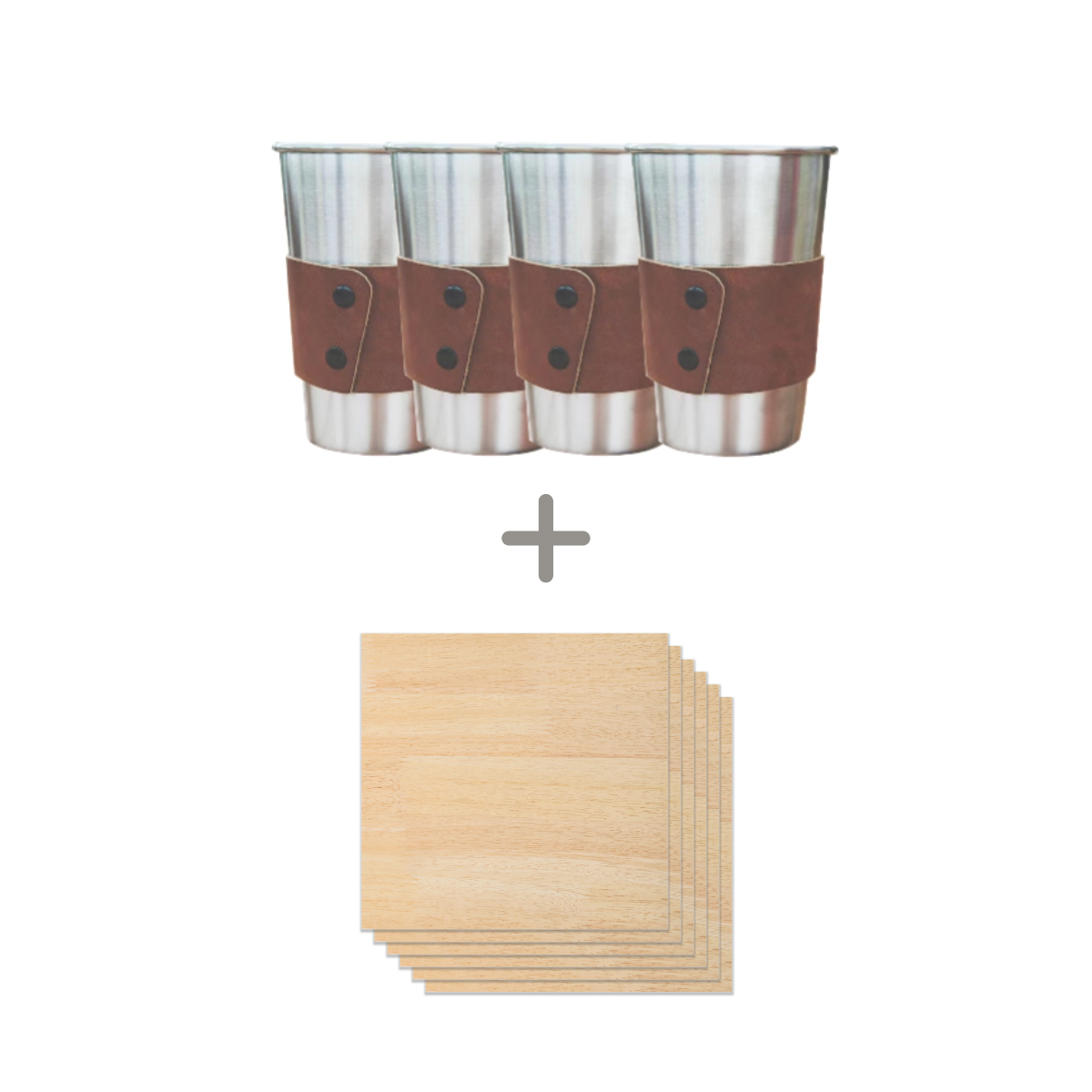
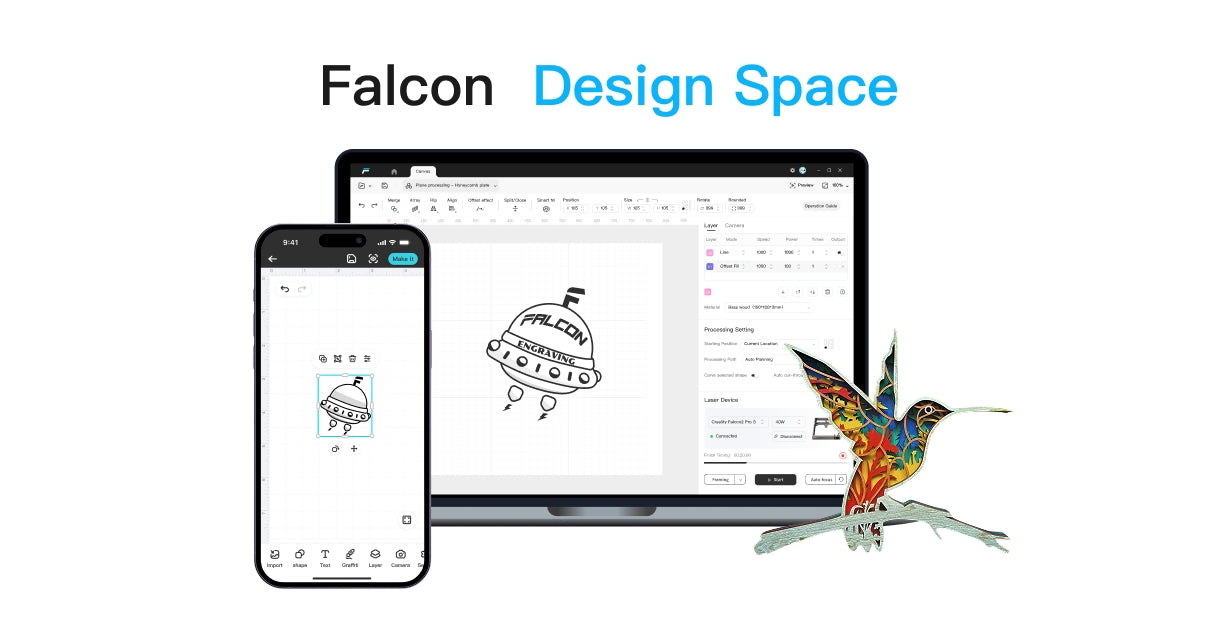




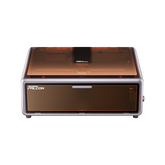
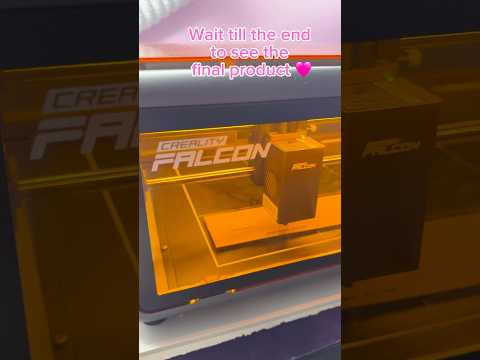
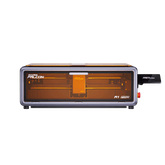
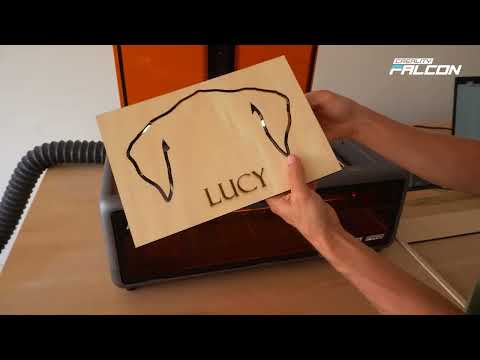
Leave a comment
Please note, comments need to be approved before they are published.